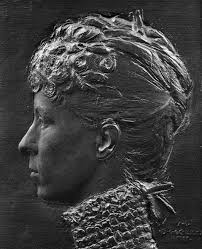The Architects Newspaper recently asked a number of critics, academics, and architects “What do you see as the role of the critic in architecture today? Why is it important? What aspects of architecture are not being addressed today by critics?” and “What are the problems with criticism today?” Weighty questions that produced, in most cases, weighty—and lengthy—answers. You can judge for yourself. One of the more insightful comments was that of Frances Anderton, the British host of a weekly Los Angeles design and architecture radio show. “It was easier to be a critic when you were crusading for modernism, or another -ism, from a podium at a highly-regarded publication,” she observed. The pioneers of this mode were Allan Temko at the San Francisco Chronicle (1961-93) and Ada Louise Huxtable at New York Times (1963-82). They were preceded by Lewis Mumford at the New Yorker (1934-1960s), although his relationship to modernism was often equivocal. There had been earlier architecture critics, of course. Montgomery Schuyler wrote for the New York Times (1883-1907) and Mariana Griswold Van Rensselaer’s essays appeared in Century Magazine and Garden and Forest, and both had championed individual architects such as H. H. Richardson and Frederick Law Olmsted. But the crusader-critics’ role was different: not to analyze but to persuade an often skeptical public of the virtues of modern architecture. The crusading function was adopted by their successors, but became strained as modernism became less of a cause and more of a style, in Nathan Glazer’s words. Criticism came to sound increasingly like an architectural version of People magazine. “I’ve always thought that journalistic architectural criticism was an odd bird,” I told The Architects Newspaper. “Compared to restaurant, book, or theater reviews, reviews of buildings have little immediate effect on the public. Once a building is built, it’s there, for better or worse, and we must learn to live with it.” Not that one can’t write about architecture. “Buildings last a long time, and it’s useful to reflect on their utility—what works and what doesn’t—and their meanings in our lives. Of course, this is best done in the fullness of time, decades after the building opens, when the sharp corners have been knocked off, so to speak. The result is more like cultural observation than reporting.” Or crusading.
Photo: Mariana Griswold Van Rensselaer, from a plaque by Augustus Saint-Gaudens

